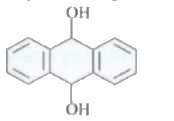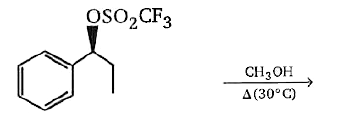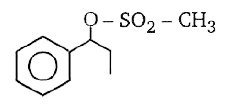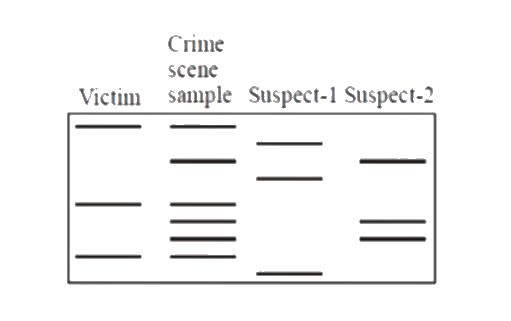Which technique would you expect to be completely curative in SCID ?
Gene therapy in adult stage
Gene therapy in embryonic stage
Bone marrow transplantation
Enzyme replacement therapy
The correct Answer is:D
To determine which technique would be completely curative for Severe Combined Immunodeficiency (SCID), we need to analyze the options provided and understand the nature of SCID.
1. Understanding SCID:
- SCID is a genetic disorder characterized by the absence or dysfunction of both B and T lymphocytes, which are crucial for the immune response. This condition arises due to mutations in genes that are essential for the development and function of these immune cells.
2. Identify the Cause:
- One of the common causes of SCID is the mutation of the gene that codes for the enzyme adenosine deaminase (ADA). This enzyme is necessary for breaking down purines, and its deficiency leads to toxic accumulation, inhibiting lymphocyte proliferation.
3. Evaluate Treatment Options:
- Gene Therapy in Adult Stage: This involves introducing a functional copy of the mutated gene into the adult's cells. However, since SCID is a genetic disorder, treating it at this stage may not provide a permanent solution.
- Gene Therapy in Embryonic Stage: This technique involves correcting the genetic defect before the immune system develops. By introducing a functional ADA gene at this early stage, it can lead to the development of a fully functional immune system, providing a permanent cure.
- Bone Marrow Transplantation: This method can provide a temporary solution by introducing healthy stem cells that can produce functional immune cells, but it is not a guaranteed permanent cure.
- Enzyme Replacement Therapy: This involves administering the functional ADA enzyme to the patient. While it can alleviate symptoms, it does not address the underlying genetic defect, thus not providing a permanent cure.
4. Conclusion:
- The most effective and potentially curative treatment for SCID is gene therapy in the embryonic stage. This approach allows for the correction of the genetic defect before the immune system is fully developed, leading to a permanent resolution of the disorder.
Final Answer:
The technique you would expect to be completely curative in SCID is gene therapy in the embryonic stage.
- SCID is a genetic disorder characterized by the absence or dysfunction of both B and T lymphocytes, which are crucial for the immune response. This condition arises due to mutations in genes that are essential for the development and function of these immune cells.
- One of the common causes of SCID is the mutation of the gene that codes for the enzyme adenosine deaminase (ADA). This enzyme is necessary for breaking down purines, and its deficiency leads to toxic accumulation, inhibiting lymphocyte proliferation.
- Gene Therapy in Adult Stage: This involves introducing a functional copy of the mutated gene into the adult's cells. However, since SCID is a genetic disorder, treating it at this stage may not provide a permanent solution.
- Gene Therapy in Embryonic Stage: This technique involves correcting the genetic defect before the immune system develops. By introducing a functional ADA gene at this early stage, it can lead to the development of a fully functional immune system, providing a permanent cure.
- Bone Marrow Transplantation: This method can provide a temporary solution by introducing healthy stem cells that can produce functional immune cells, but it is not a guaranteed permanent cure.
- Enzyme Replacement Therapy: This involves administering the functional ADA enzyme to the patient. While it can alleviate symptoms, it does not address the underlying genetic defect, thus not providing a permanent cure.
- The most effective and potentially curative treatment for SCID is gene therapy in the embryonic stage. This approach allows for the correction of the genetic defect before the immune system is fully developed, leading to a permanent resolution of the disorder.
The technique you would expect to be completely curative in SCID is gene therapy in the embryonic stage.
Topper's Solved these Questions
- BIOTECHNOLOGY AND ITS APPLICATIONS Book:VMC MODULES ENGLISHChapter:BIOTECHNOLOGY AND ITS APPLICATIONS Exercise:EFFICIENT
Explore 49 Videos
- BIOTECHNOLOGY AND ITS APPLICATIONS Book:VMC MODULES ENGLISHChapter:BIOTECHNOLOGY AND ITS APPLICATIONS Exercise:IMPECCABLE
Explore 51 Videos
- BIOTECHNOLOGY AND ITS APPLICATIONS Book:VMC MODULES ENGLISHChapter:BIOTECHNOLOGY AND ITS APPLICATIONS Exercise:IMPECCABLE
Explore 51 Videos
- BIOTECHNOLOGY : PRINCIPLES AND PROCESSESBook:VMC MODULES ENGLISHChapter:BIOTECHNOLOGY : PRINCIPLES AND PROCESSESExercise:IMPECCABLE
Explore 55 Videos
- ECOSYSTEMBook:VMC MODULES ENGLISHChapter:ECOSYSTEMExercise:IMPECCABLE
Explore 53 Videos
Similar Questions
Knowledge Check
Which one of the following dienes would you expect to be the most stable ?
A B
B C
C D
D
Which of the following alcohols would you expect to form carbocation most readily in H2SO4 ?
A B
B C
C D
D
Which product would be expected to predominate in the given reaction ?
 A
A B
B C
C DNone of these
DNone of these
In which season would you expect a higher proportion of water vapour in air ?
View SolutionWhat technique would you use to separate the following mixtures ?
A mixture of sugar and common salt
View SolutionWhat technique would you use to separate the following mixtures ?
A mixture of benzoic acid and naphthalene.
View SolutionWhat technique would you use to separate the following mixtures ?
A mixture of camphor and common salt
View SolutionWhat technique would you use to separate the following mixtures ?
A solution of liquid A (b.p. 380 K) and liquid B (b.p.280 K)
View Solution
